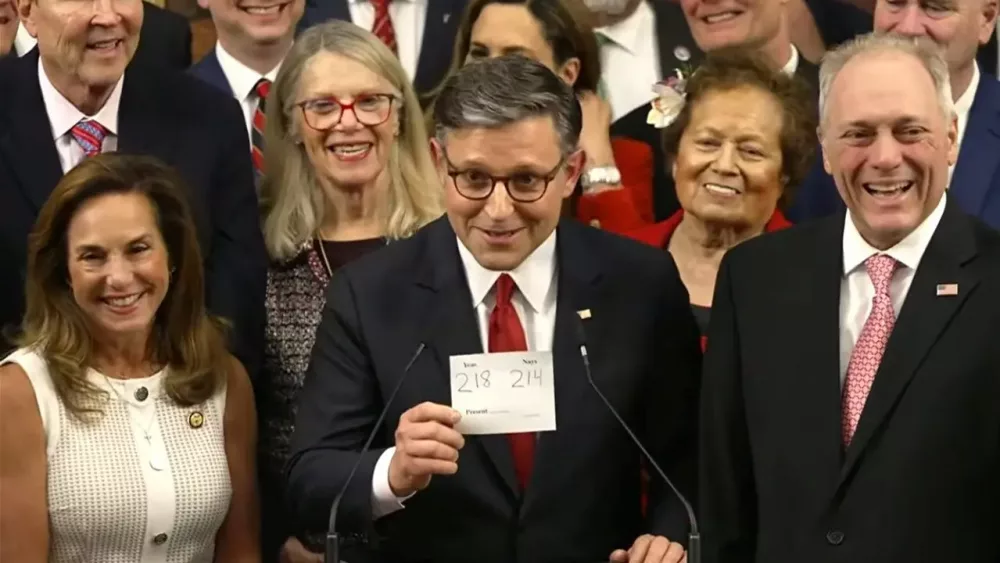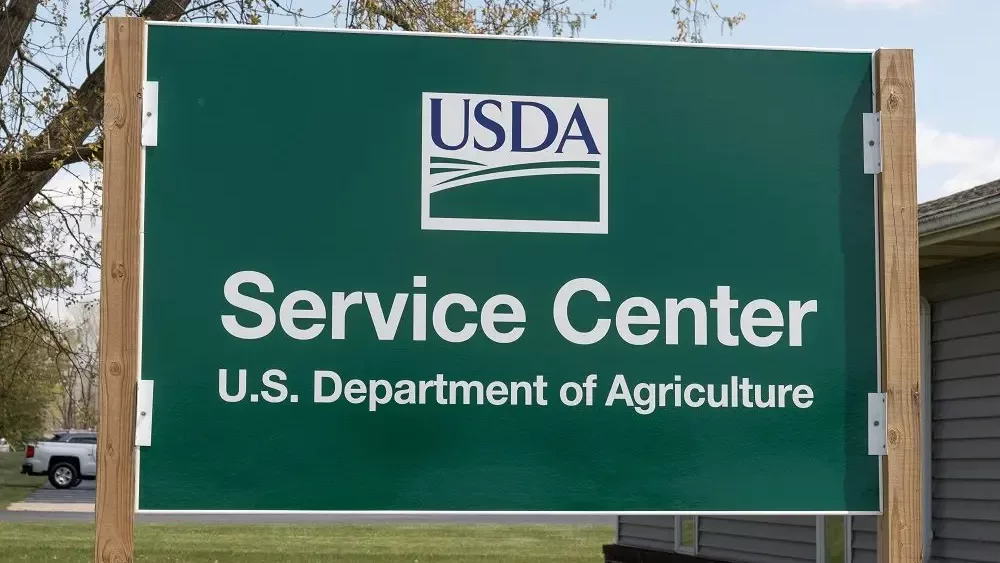 Corn and soybean prices have been riding the rollercoaster in 2021, and Purdue ag economist Michael Langemeier says the outlook for this year should continue to be influenced by many factors. One of those is acreage, and we’re getting closer to answers on that.
Corn and soybean prices have been riding the rollercoaster in 2021, and Purdue ag economist Michael Langemeier says the outlook for this year should continue to be influenced by many factors. One of those is acreage, and we’re getting closer to answers on that.
“What is the acreage going to end up being for both corn and soybeans? I mean, most market analysts expect soybean acreage to increase from last year, certainly, but how much of an increase? Both corn and soybeans are very short in terms of stocks to use, and particularly, soybeans is extremely tight stocks to use. And so, rather than just having one of the crops be relatively short from a stocks to use, you have both crops, and so really there’s incentive to increase both acreages.” Langemeier said.
The greater incentive right now suggests more of an increase in soybean acres.
“This is not new necessarily because it’s been the case several of the last years, the fact that it looks like at least in the eastern Corn Belt, that soybeans might be more profitable than corn in 2021,” he explained. “They certainly were more profitable than corn and 2020. And if you go back a few years, 2016 2017 and 2018, soybeans were substantially more profitable than corn. And so, because of the very tight stocks to use, there’s such a wide band around possible corn and soybean prices. This makes it really, really, difficult to make these acreage decisions.”
The 2021 prices for corn and soybeans are wide-ranging.
“The midpoint corn futures price for the December contract is about $4.55, but there’s a 25 percent chance effect could be below $3.85, there’s a 25 percent chance it could be above $5.50, that’s a very large range,” said Langemeier. “The same is true with soybeans and the midpoint price is $12 per bushel. But there’s a 25 percent chance that it could be below $10.50, and there’s a 25 percent chance could be above $13.50. so just a lot of uncertainty related to both of those.”
As you prepare to head for the fields, Langemeier says it is not a good year to reduce crop insurance coverage, even with premiums up substantially because of the higher prices and volatility. And you better develop a marketing plan if you don’t have one.
“With a good marketing plan, you can try to protect the price to some extent and try to set a floor or reduce the downside risk.”
Source: NAFB News





